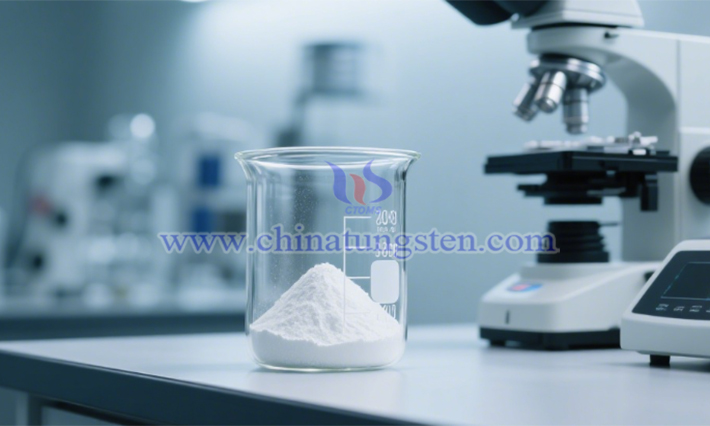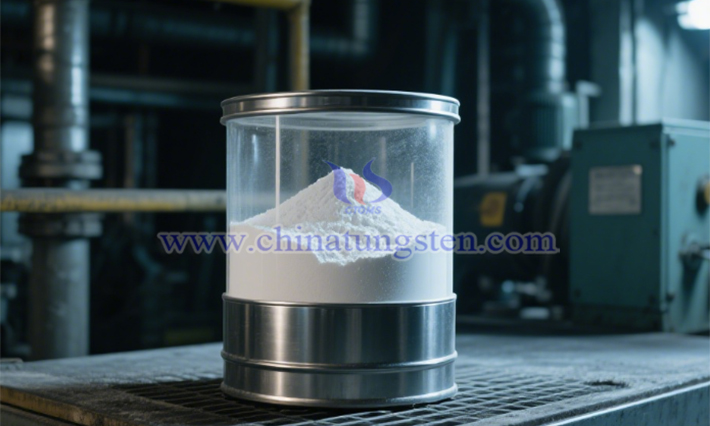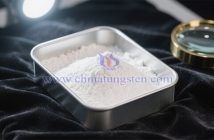Zinc tungstate (Tungsten Zinc, ZnWO?), also known as zinc tungsten oxide, belongs to the tungstate family. It is formed by the chemical bonding of divalent zinc ions (Zn2?) and tungstate ions [(WO?)2?], resulting in a wolframite-type crystal structure. In semiconductor research, its photoelectric properties and catalytic activity offer new possibilities for developing novel optoelectronic devices and environmental purification materials, demonstrating significant application potential in energy and environmental fields.

From a physicochemical properties perspective, ZnWO? appears as a white powder with mild irritant properties, boasting 99.9% purity, a density of 7.41 g/cm3, a melting point of 1,220°C, and insolubility in water. It features a wide bandgap, high excitation energy, strong UV response, and catalytic activity, along with a short radiation length and resistance to radiation damage. These characteristics provide notable advantages in functional materials: its wide bandgap structure supports photoelectric conversion potential, high catalytic activity suits environmental purification, and radiation resistance underpins its use in ray detection materials, showcasing value in energy and medical applications.
Regarding production processes, the preparation of ZnWO? involves the following steps: First, mix zinc nitrate with polyvinylpyrrolidone (PVP) and add water, stirring thoroughly to form a uniform solution. Next, add sodium tungstate and stir again to ensure complete mixing of the raw materials. Then, transfer the mixture to an autoclave, add water, seal it, and heat it for a hydrothermal reaction. After the reaction, allow natural cooling, wash the product alternately with deionized water and anhydrous ethanol to remove residual impurities, and finally dry it to obtain high-purity ZnWO?.

In application fields, zinc tungstate shines prominently. As a scintillator material, it is a critical component in X-ray computed tomography scanners and security inspection equipment, effectively capturing ray signals for imaging detection. As a semiconductor-type catalyst, it efficiently catalyzes the decomposition of halogenated benzene derivatives and degrades water pollutants, offering a new technical pathway for environmental purification.



